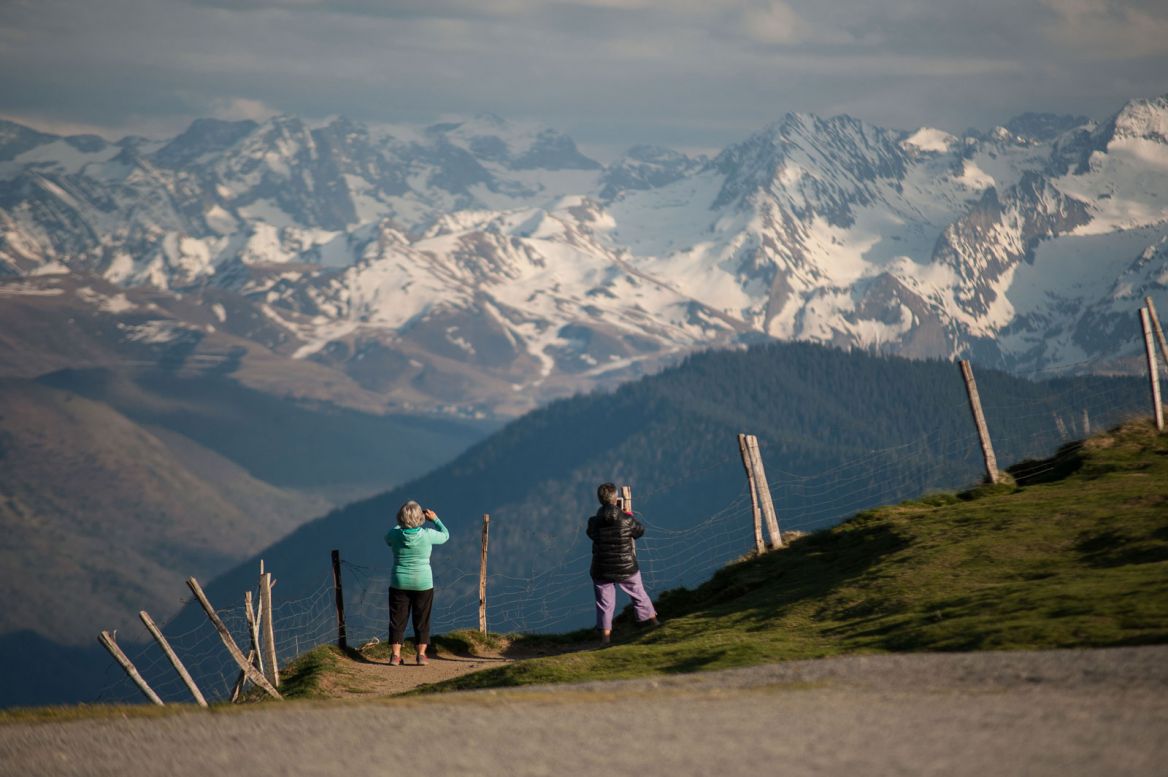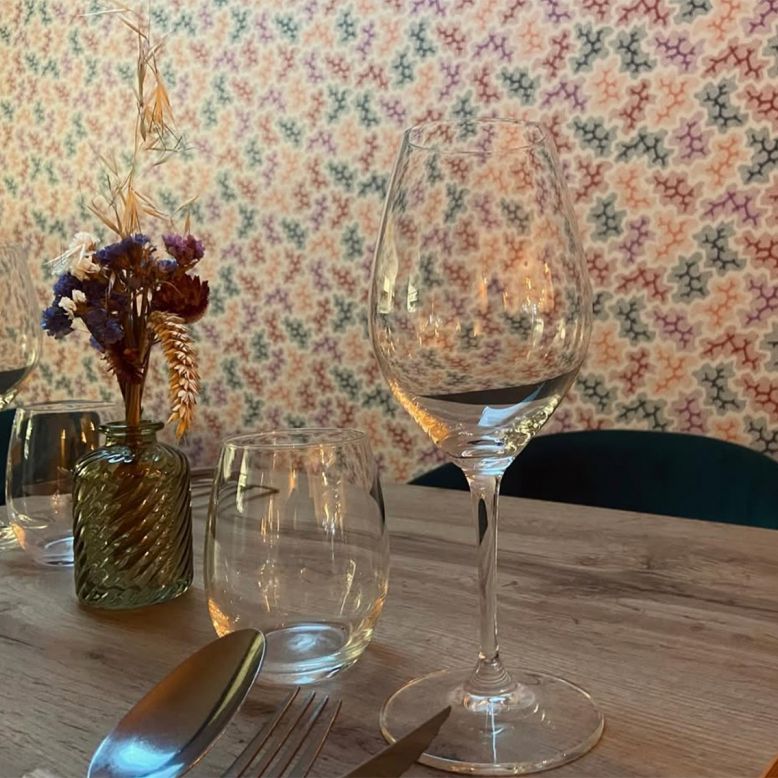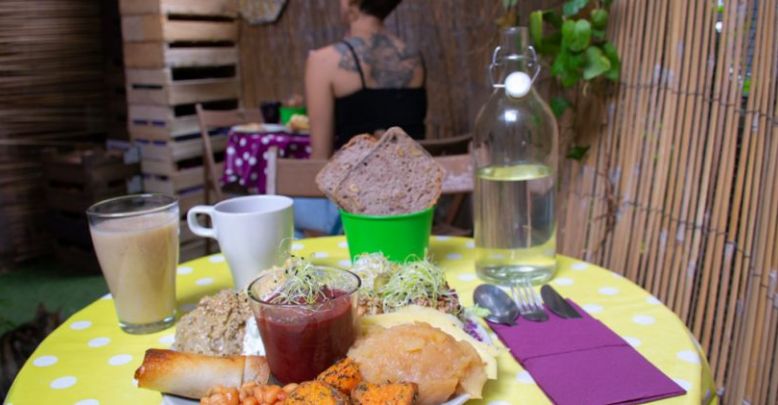- Home page
- Tourism
- Discover
- Visit Toulouse region and the French Pyrénées
- Hautes Pyrénées - Nestes Valley
- Visit Toulouse region and the French Pyrénées
- Discover
- Tourism
Nestes Valley, closer to nature
THE AURE valley – A NOT TO BE MISSED TOURIST DESTINATION
The Aure Valley is a sunny region close to the peaks Arbizon (2,831 m – 9,288 feet) and Néouvielle (3,091 metres - 10,141 feet). This valley stretches on approximately 40 km (25 miles) from Sarrancolin up to the Spanish border via the Aragnouet-Bielsa road tunnel. It is a “outward bound” destination with canoeing spots.
The Aure Valley is listed “Pays d’Art et d’Histoire*” (Since 1985, the Ministry of Culture and Communication has ensured that a policy of valuing heritage and raising awareness of architecture has been implemented. The label "Town and Country of Art and History" refers to the territories, villages or groups of villages which, aware of what is at stake by the appropriation of their architecture and of their heritage through their inhabitants, are involved in an active approach to knowledge, conservation, mediation and support and to the quality of architecture and environment.) for its natural landscape and architectural heritage. Its small churches (Vielle-Aure, Bourisp, Jézeau, Sarracolin) decorated with wall paintings are magnificent, as are its very small mountain villages, which kept all their authenticity.
Also to discover in the valley: the mines of Vielle-Aure, mines of Manganèse which were working until 1920 and are now transformed into museums; the Folk Aure Valley Museum; the Musée de la cidrerie (Cider House Museum) in Ancizan… And close by, the Rioumajou Valley which looks like the landscape of North Canada.
ARREAU, one of the most beautiful mountain villages
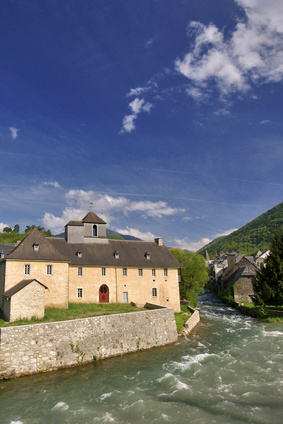 At the confluence of the Aure and Louron Valleys and crossed by the Neste River, Arreau was an important administrative and economic capital. Arreau was prosperous with its drapery work from the 16th to the 17th century, then during the 19th century with its thermal spa making it a tourist location.
At the confluence of the Aure and Louron Valleys and crossed by the Neste River, Arreau was an important administrative and economic capital. Arreau was prosperous with its drapery work from the 16th to the 17th century, then during the 19th century with its thermal spa making it a tourist location.
From its rich past, Arreau preserved an exceptional heritage: La maison des Lys, (The House of Lilies) gothic house built at the end of the 16th century with lilies decorating its corbel arches and half-timbering;
The Saint-Exupère chapel, built from pink colour stones, its name came from a peasant who during the 4th century became saviour and then bishop of Toulouse; The Church of Notre-Dame with its square shape bell tower; The Neste castles, military buildings housing today the Musée des cagots (damned caste rejected until the 12th century, treated like a pariah) et des arts et traditions populaires de la vallée (Cagot Museum and Arts & Tradition of the valley); and Ségure, dominated by a square tower from the 16th century and which one of his descents, Louis Hector was the King’s Musketer.
At the entrance of the village the birds of prey, the Eagles of Aure, offer a magnificent aerial ballet.
Crédit Photo - Fotolia @Photo Passion
SAINT-LARY-SOULAN
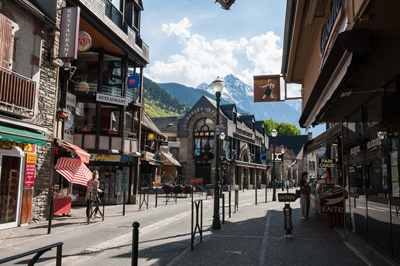 Known for its thermal spas and ski resorts, Saint-Lary-Soulan is a village in the Hautes-Pyrenees situated only few kilometres from Spain. Saint-Lary and Soulan are two communes separated by two other villages, Vignec and Cadeilhan-Trachère. Just use the cable car to access to one of the other of the communes.
Known for its thermal spas and ski resorts, Saint-Lary-Soulan is a village in the Hautes-Pyrenees situated only few kilometres from Spain. Saint-Lary and Soulan are two communes separated by two other villages, Vignec and Cadeilhan-Trachère. Just use the cable car to access to one of the other of the communes.
The ski area of Saint-Lary-Soulan is composed of 3 ski resorts: the Pla d'Adet, Espiaube and Saint-Lary 2400 or Vallon du Portet. This large ski area stretches on many hectares with approximately 100 km marked ski run, all equipped with snow canons. Powder enthusiast can practice cross-country skiing and downhill skiing. During the summer, the Soum chairlift can bring bikes to the top of the mountain for mountain biking.
The ski resort Pla d'Adet is also a famous Tour de France route. Many of the surrounding lakes and peaks (The Hèche Castet peak, Oule Lake...) are accessible via hiking paths. You can admire these exceptional landscapes as well as its unique fauna and flora. The Pla d'Adet is also the starting point for paragliding departures.
THE LOURON VALLEY - A HERITAGE SITE
The Louron Valley stretches from Loudenvielle up to the Abeillée peak (3,091 metres – 10,141 feet), and was called during the 19th century, the “thermal road” as it was linking many spa towns.
In Loudenvielle, the “Arixo” is a museographical space with exhibitions, models, interactive terminal and presentation of church paintings. During the 16th century, the Catholic Churches were decorated with murals that have retained their glory, including Saint-Barthélémy de Mont, Saint Mercurial de Vielle-Louron, Saint Félix-d’Armenteule, Saint Blaise d’Estarvielle.
In Loudenvielle, the 32 hectares (79 acres) Genos Lake, allow canoing, kayaking, sailing, or paddle boards…its banks are the landing areas of hang-gliders and paragliders, the lake is also the starting point of many hiking trails, like the Sarrouyes Lake, the gorges of Clarabide… Very close to the lake, we have no hesitation to recommend you and let you enjoy the well being of the Balné thermoludique centre.
Around 2 kilometres from Loudenvielle, the Saoussas windmill, built after the French Revolution has been superbly restored and its mills stones are still working. A little museum celebrating the legacy of the valley’s traditions and occupations.
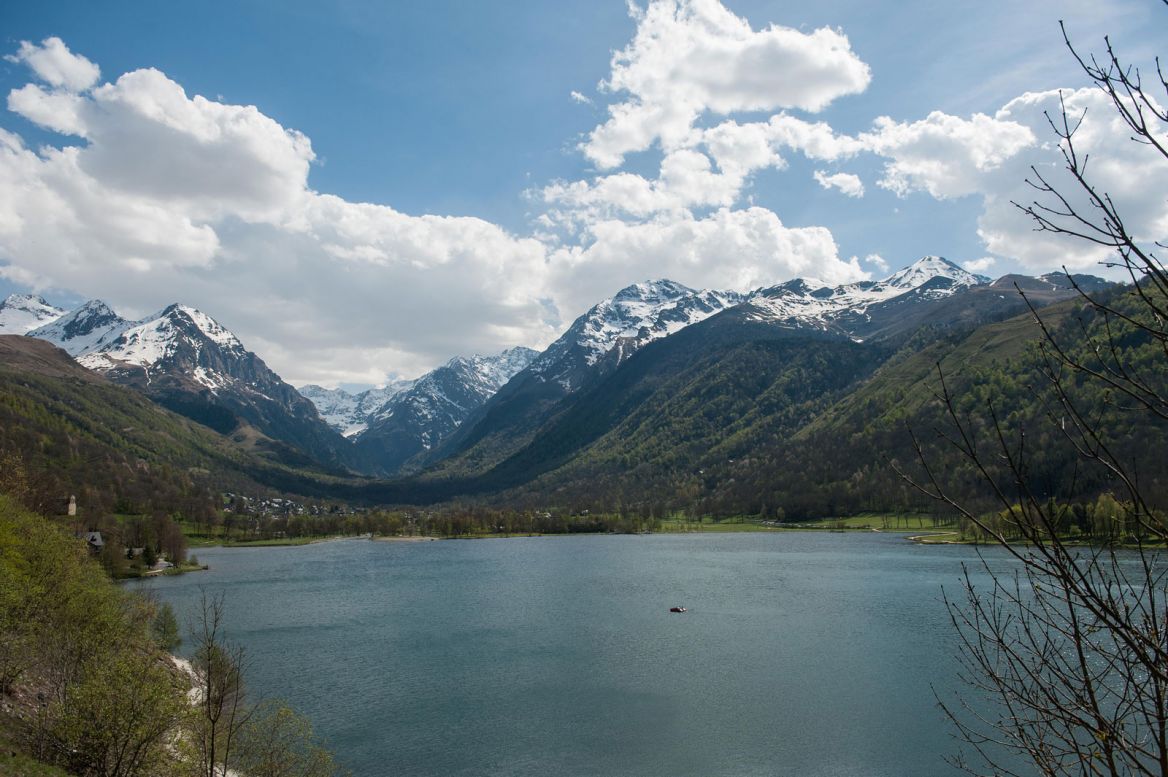
NÉOUVIELLE nationAL nature reserve: 2,313 HECTARES OF NATURE
Cirques (A cirque is an amphitheatre-like valley formed by glacial erosion), glaciers, peaks, high ridges, rivers, this nature reserve is overflowing with breath-taking landscapes, offering an untouched environment. 1,250 flowering plants, 2,313 hectares (5,715 acres), a peak at 3,091 metres (10,141 feet), 70 lakes (Orédon, Cap-de-Long, Aumar, Aubert, l’Oule…), century old pine trees among the highest in Europe, miles of hiking trails… The Néouvielle National Nature Reserve is all of this! It was one of the first nature reserve created in France in 1936 and it is a magical land.
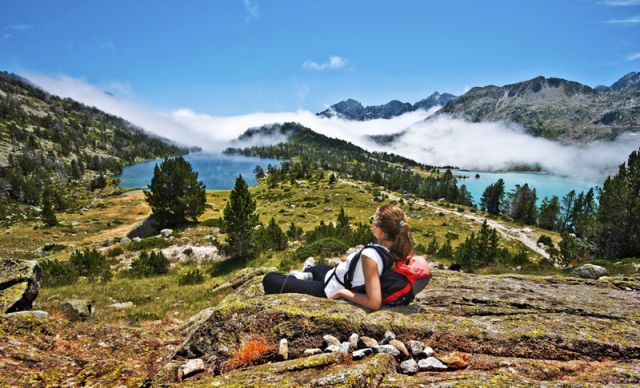
Crédit Photo - Fotolia @Sasha64f
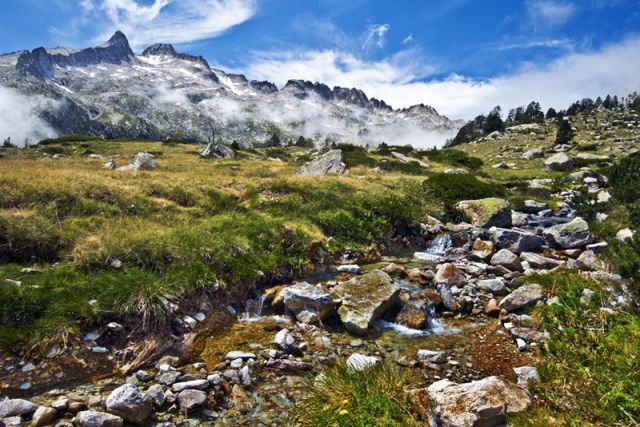
Crédit Photo - Fotolia @Sasha64f
Barousse Valley
The Barousse valley has a wild and preserved environment combining soil and traditions. It includes two other valleys in the Hautes-Pyrénées: the Ourse valley and the Siradan valley.
The visitor walking through this valley will discover typical houses, with arched roofs, and producers who are always happy to show their products and share their know-how. You will also be able to taste "Le Barousse", this Pyrenean cheese, made from raw ewe's milk, cow's milk or a mixture of both, produced in this valley. You will recognise it by its cylindrical shape and light-coloured rind.
The Barrousse Valley is above all its exceptional natural heritage with its lakes (Saléchan, Mauléon-Barousse, Loures-Barousse), its peaks and numerous summits (Ferrère), its caves (Troubat, which testify to an ancient settlement) and its chasms (Poudac) as well as its waterfalls (Lombres) and its cliffs (Troubat).
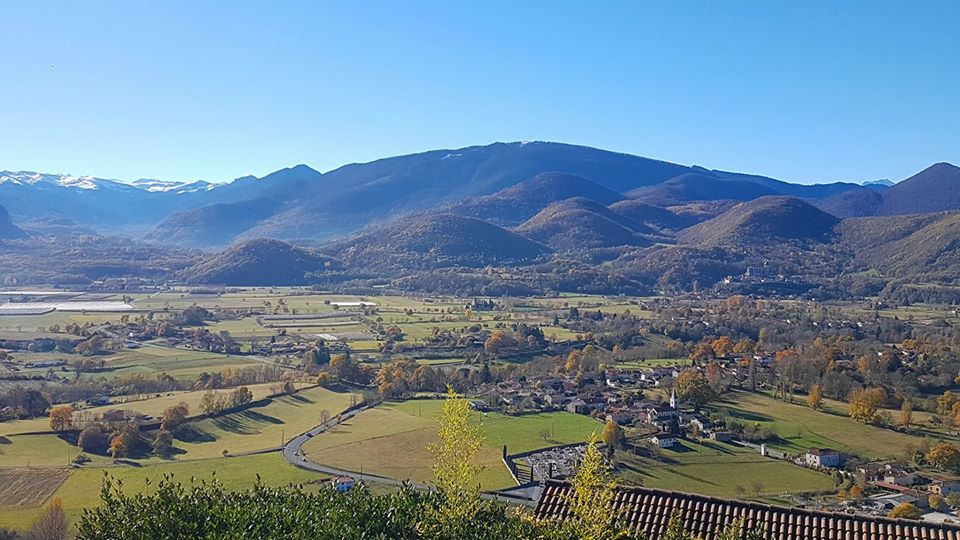
Nistos valley
Another wild valley in the Hautes-Pyrénées, the Nistos valley is mainly known for its cross-country ski resort. This valley allows you to have very beautiful panoramas on the Pyrenees chain, in particular on the Pic du Midi, the Aneto and the Maladetta.
You will cross wilderness areas, combining preserved nature and exceptional wildlife. To the south of Nistos, you will find Montréjeau, Mazères-de-Neste or Saint-Laurent-de-Neste, typical villages of the Hautes-Pyrénées. Within a radius of less than 40 kilometres, you can discover the Cirque de Gavarnie and the Isaby lake.
The Nestes valley is also a place of many transhumances with its stops, its convivial meals, its Pyrenean songs, the sound of hunting horns and hundreds of ewes.
Station de ski nordique Nistos
Station de ski nordique Nistos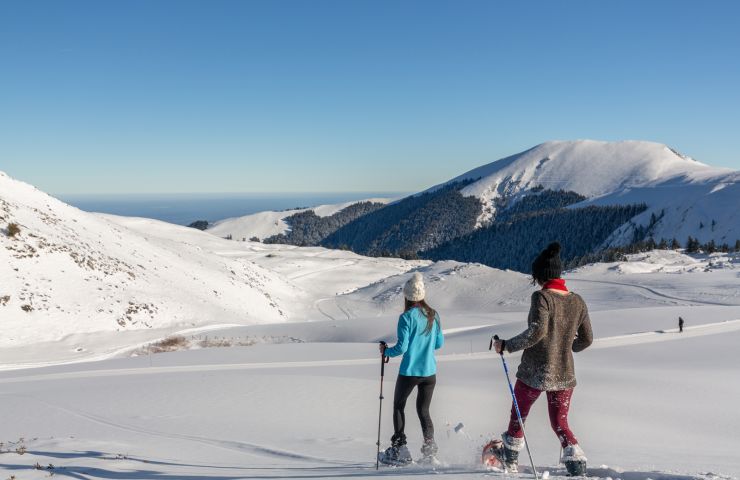
Nistos, the family-friendly Nordic ski resort for skiing in the Pyrenees You will be breathless as soon as you ...
Nistos
Les Ocybelles
Les Ocybelles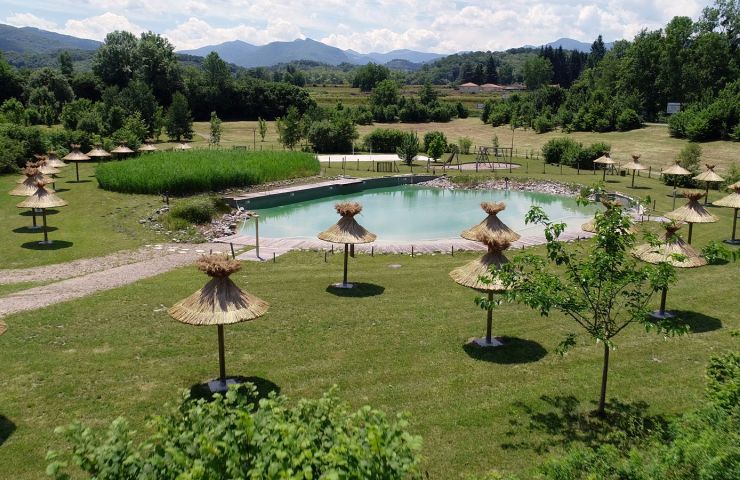
Ôcybelle, a natural swimming pool for swimming all summer long in Saint-Laurent-de-Neste Put on your swimsuits ...
9,1 km - Nestier
Les Destriers de Saint Bertrand
Les Destriers de Saint Bertrand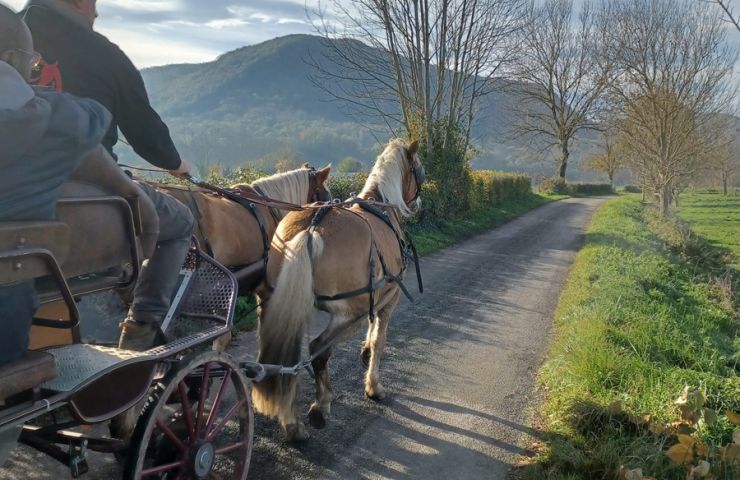
Horse-drawn carriage rides and pony rides in Saint-Bertrand de-Comminges At the foot of the medieval town of ...
9,9 km - Saint-Bertrand-de-Comminges
OUR CITY GUIDES IN EUROPE


